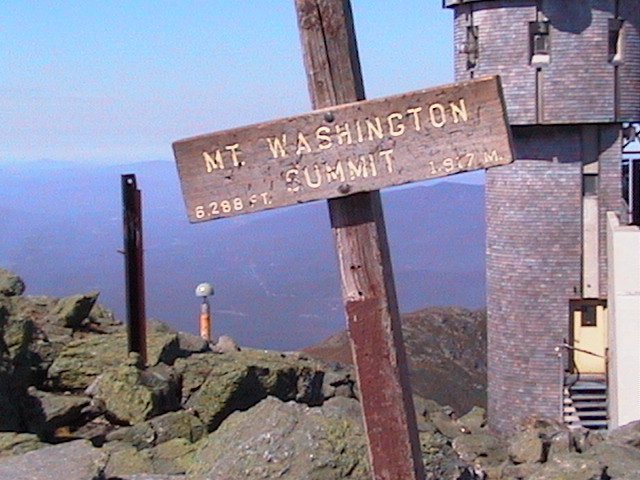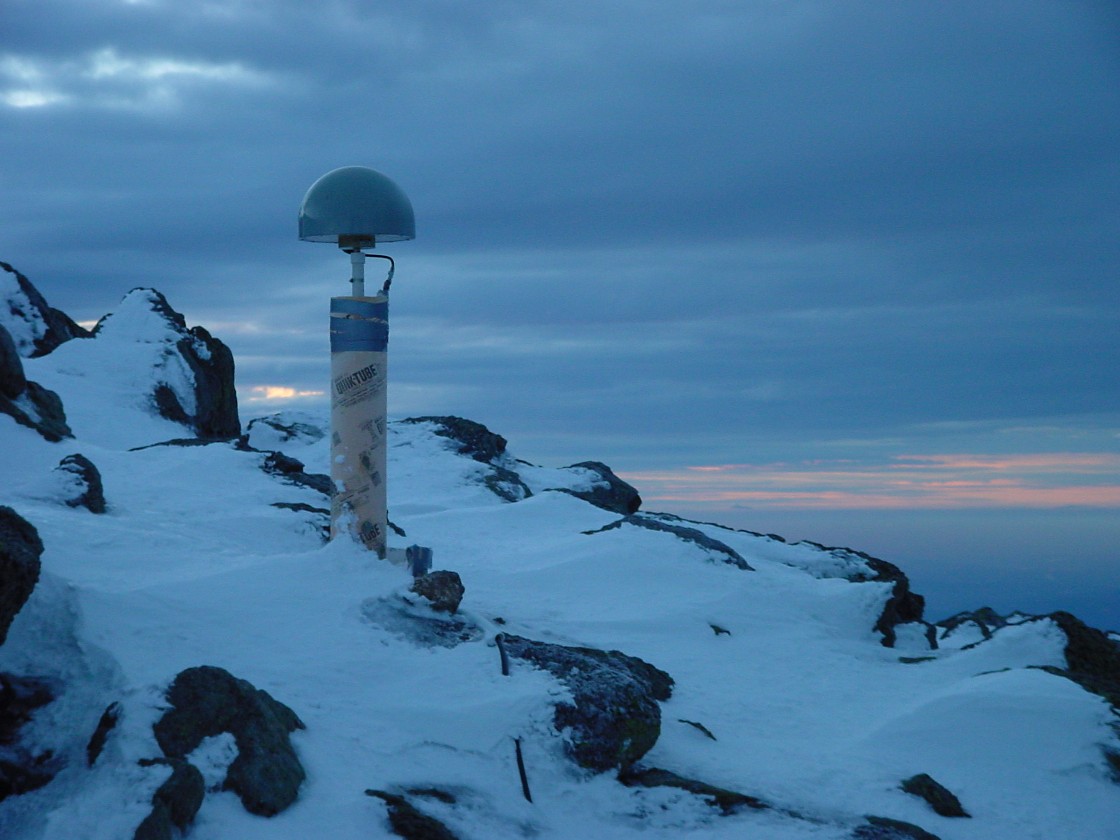


CURRENT PROJECTS
- Antenna Multipath Calibration System
- Atlantic Mediterranean Interdisciplinary GPS
- Atmospheric Structure and Dynamics
Atmospheric Structure and Dynamics
The ATMSD Project Home
Over the last several years, our group has been using various passive remote sensing techniques, mainly Global Positioning System (GPS) but also Very-Long Baseline Interferometry (VLBI) and Water Vapor Radiometers (WVR), to determine the local structure and the dynamics of the neutral atmosphere. Specific achievements include the development of an isotropic mapping function, the first stochastic filter applied to the analysis of geodetic data, the first observations and modeling of horizontal gradients in the wet atmosphere, theoretical studies on the effects of turbulence on the estimation of gradient parameters, and the determination of the vertical atmospheric structure using small-scale horizontal GPS networks.
Currently, we are continuing to extend our theoretical/experimental approach to investigate relatively complicated atmospheric structures, including turbulence, and the possibility of atmospheric profiling in severe weather environments. We are also investigating the limitations in the fundamental assumption that water vapor is a passive tracer that reveals the structure of the atmosphere at all spatial and temporal scales. These studies are extremely important for measurements near sources of water vapor such as the ocean. This research requires careful comparisons between observables obtained from different techniques that have different sensitivities.
These activities are funded by the Forecast Systems Laboratory (FSL) of the National Oceanic and Atmospheric Administration (NOAA), the National Science Foundation (NSF), and the Smithsonian Institution (SI).
For further information contact:
Dr. Pedro Elosegui
Harvard-Smithsonian Center for Astrophysics
60 Garden St, MS 42
Cambridge, MA 02138-1516
(617) 496-7645
Document URI: /space_geodesy/ATMSD/index.html
Server Name: lweb.cfa.harvard.edu
Last Modified: Friday, 17-Jun-2005 11:28:41 EDT
Server Admin: www-admin@cfa.harvard.edu